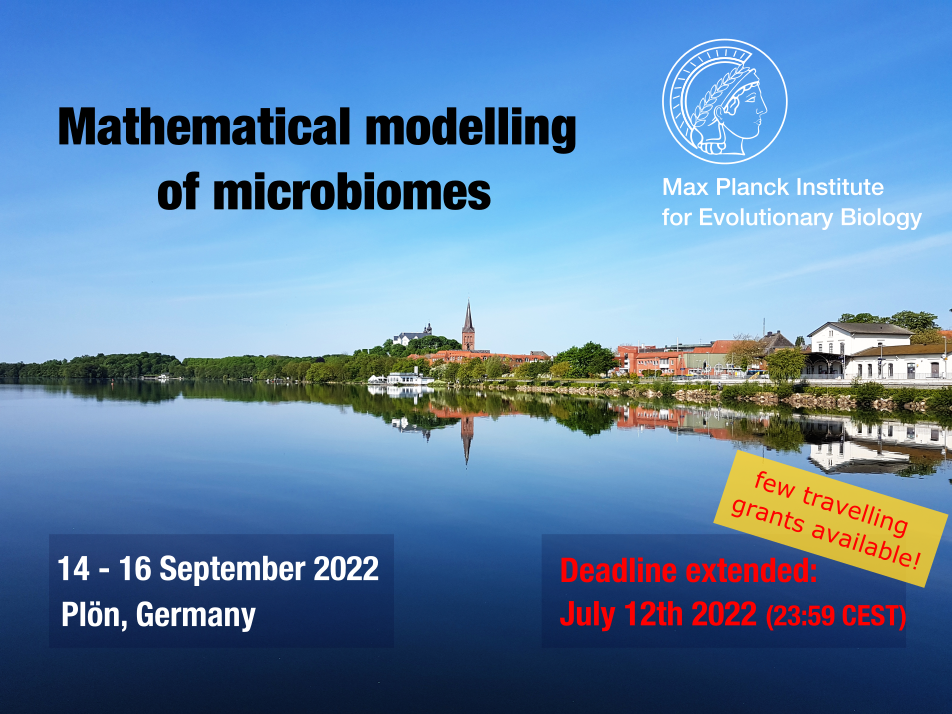Speaker
Description
Authors: Jamie Lee, Takuya Miyano, and Reiko J. Tanaka
Atopic dermatitis (AD) is a chronic inflammatory skin disease of high socio-economic impact. An imbalanced skin microbiome is a common feature of AD patients, with Staphylococcus (S.) aureus colonising the skin. S. aureus damages the skin barrier, and its killing has been hypothesised as a promising treatment for AD. However, clinical trials that reduce S. aureus density on AD skin have shown conflicting efficacies to date. A potential explanation for this is that killing S. aureus may exacerbate the growth of commensal microbes, which may have detrimental effects. For example, S. epidermidis is beneficial and abundant in skin, but can cause barrier damage in AD patients when present at high densities. In this study, we apply a mathematical modelling approach to understand the mechanisms behind the conflicting efficacies observed in clinical trials. We develop a mechanistic model to test a hypothesis that S. aureus killing may lead to an increase in S. epidermidis density and result in treatment failure in some AD patients. Our mathematical model describes the interactions between S. aureus, S. epidermidis and barrier integrity. Our model simulations showed that a hypothetical microbial therapy that kills S. aureus alone within eight weeks fails to improve disease severity in some virtual AD patients due to the skin barrier damage caused by the increase in S. epidermidis density. A better treatment response was achieved if the hypothetical microbial therapy inhibits S. aureus virulence factor production in addition to killing S. aureus. These results suggest that a microbial therapy that strongly inhibits S. aureus virulence factor production and kills S. aureus weakly may be more effective than one that potently kills S. aureus. This study contributes to the design of promising S. aureus-targeted therapies by generating testable predictions.

